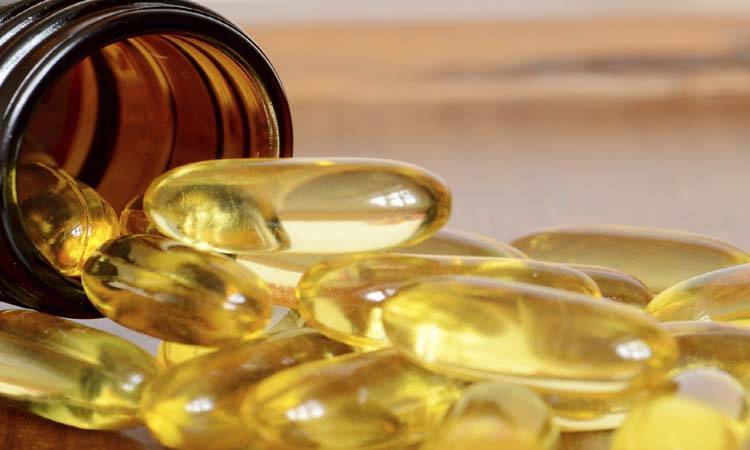Abstract
Objectives: Fat-soluble vitamins are measured to identify deficiencies that may lead to rickets, osteomalacia, night blindness, and reversible motor and sensory neuropathies. We present a rapid liquid chromatography-mass spectrometry (LC-MS/MS) method that simultaneously measures 25-hydroxyvitamin D3 (25[OH]D3), epi-25(OH)D3, 25(OH)D2, vitamin A, α-tocopherol, and γ-tocopherol.
Methods: We mixed 100 µL serum with internal standard and extracted it by using supported liquid extraction plates. Reconstituted specimens were analyzed by LC-MS/MS with a 10-minute gradient.
Results: The method was linear, covering physiological levels with r2 > 0.99, and the total precision was less than 15% at all quality control levels. The lower limit of the measuring intervals for 25(OH)D3, epi-25(OH)D3, 25(OH)D2, vitamin A, α-tocopherol, and γ-tocopherol were 4 ng/mL, 4 ng/mL, 4 ng/mL, 1 µg/dL, 0.2 µg/mL, and 0.2 µg/mL, respectively, with coefficient of variation of 20% or less. Recoveries were between 92% and 111% for National Institute of Standards and Technology reference materials and 81% and 122% for spike-recovery studies. Comparison studies for vitamin D total, vitamin A, and α-tocopherol demonstrated slopes between 1.04 and 1.11 and r2 between 0.94 and 0.96. Minimal matrix effect was observed for all analytes.
Conclusions: We developed and validated a rapid LC-MS/MS method for the simultaneous measurement of 25(OH)D3, epi-25(OH)D3, 25(OH)D2, vitamin A, α-tocopherol, and γ-tocopherol.

